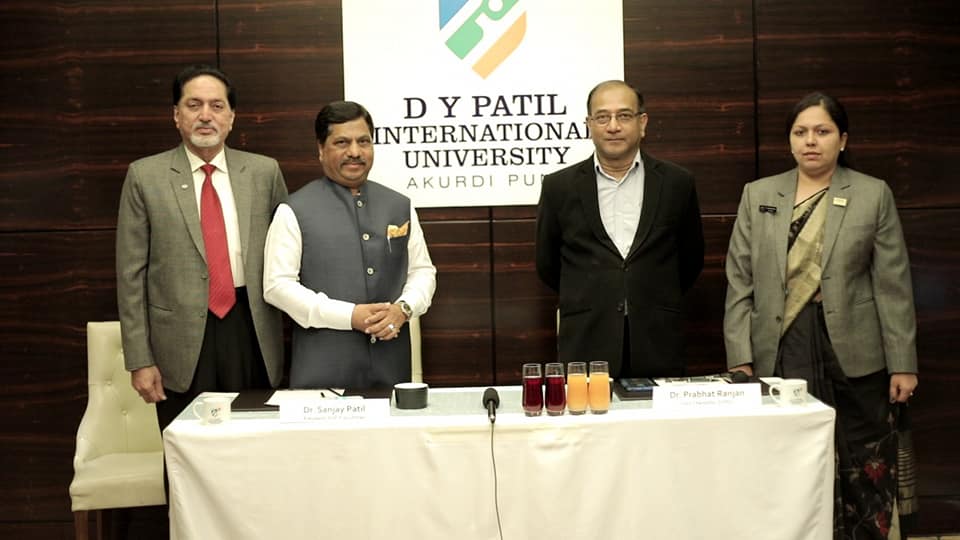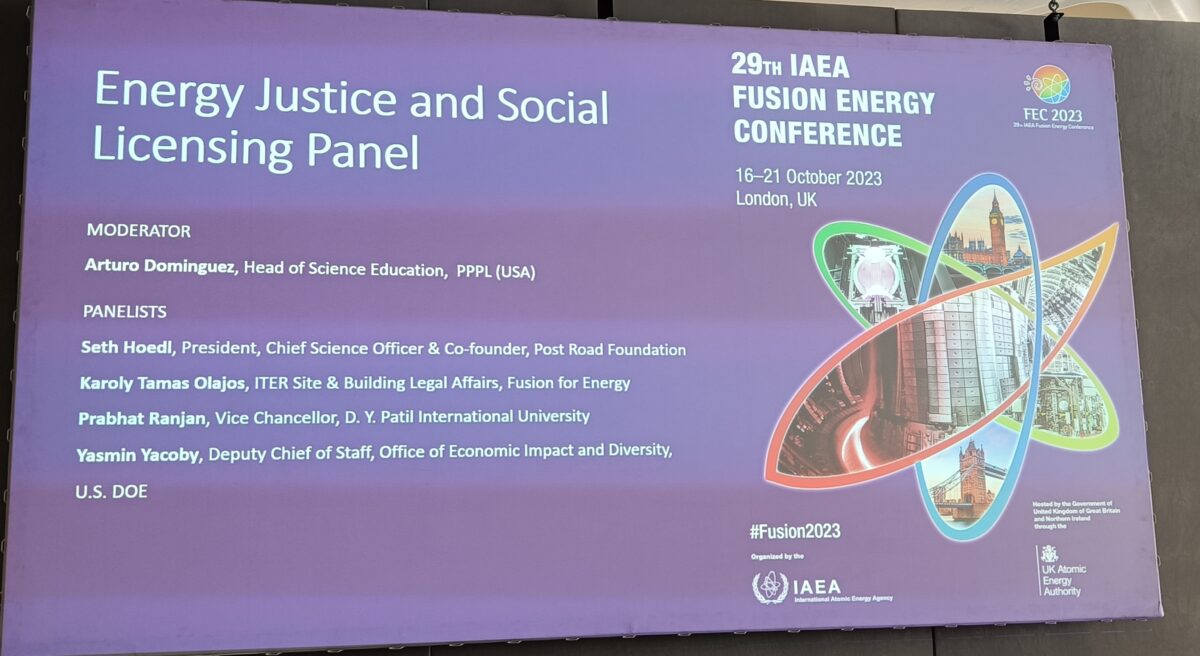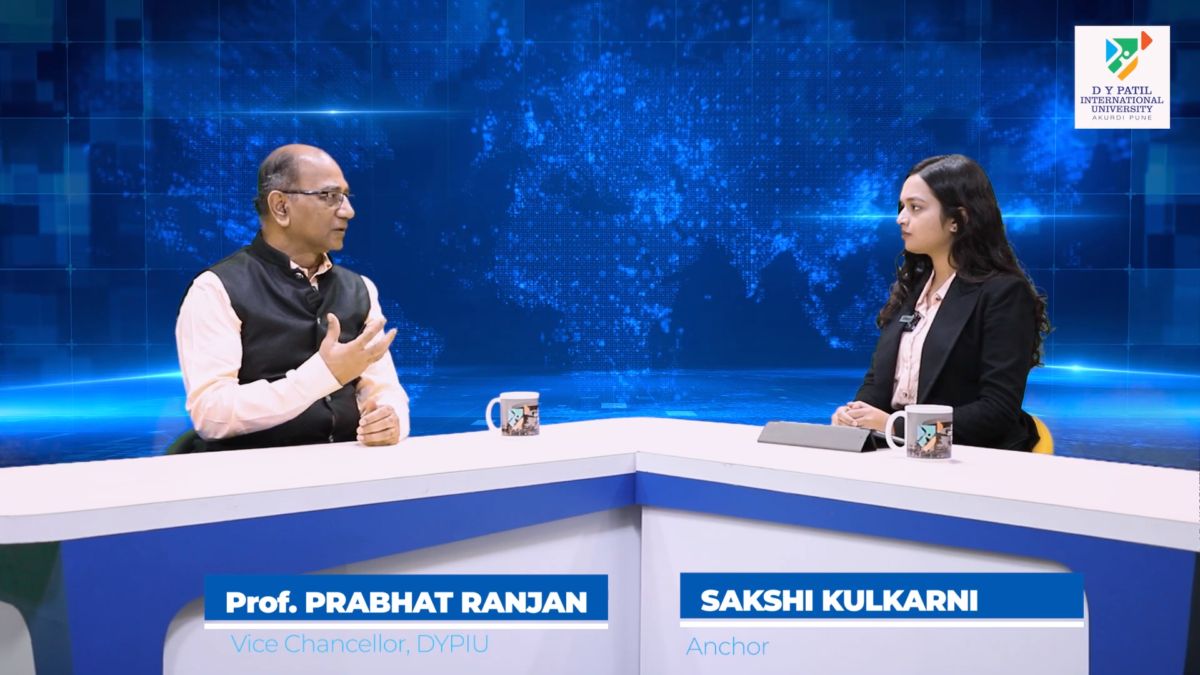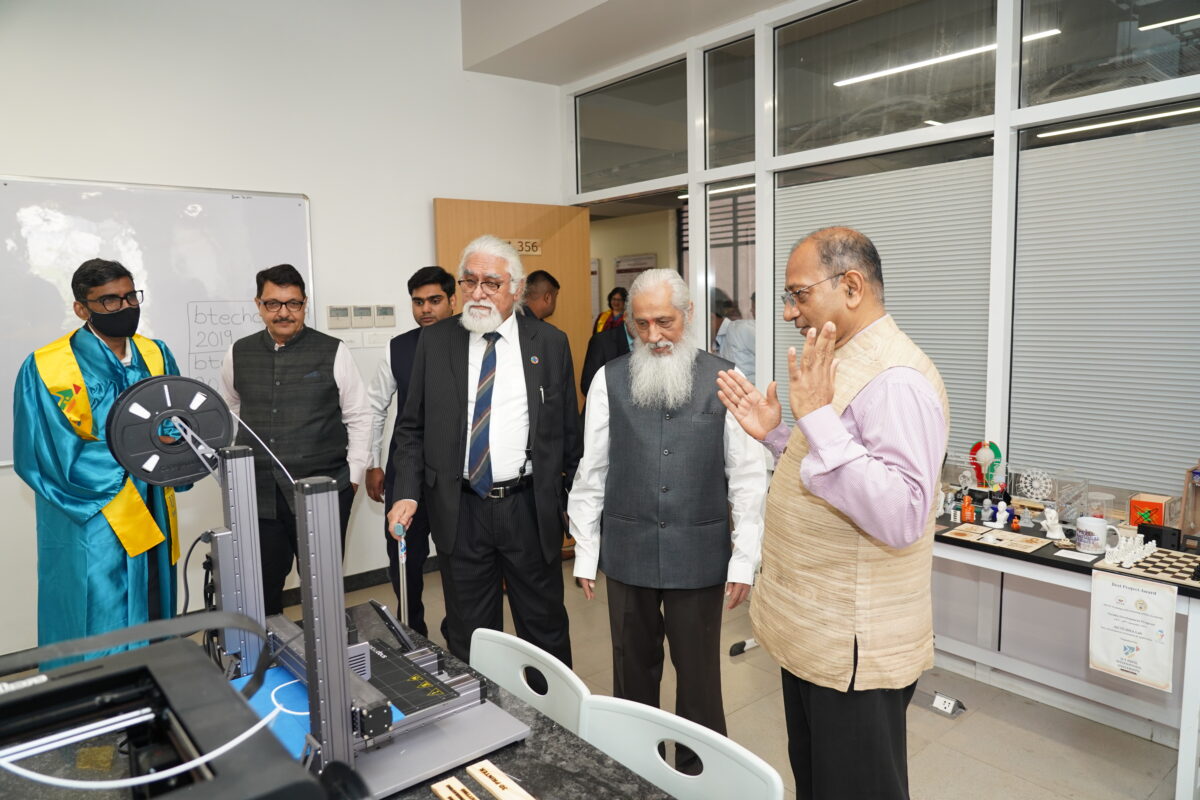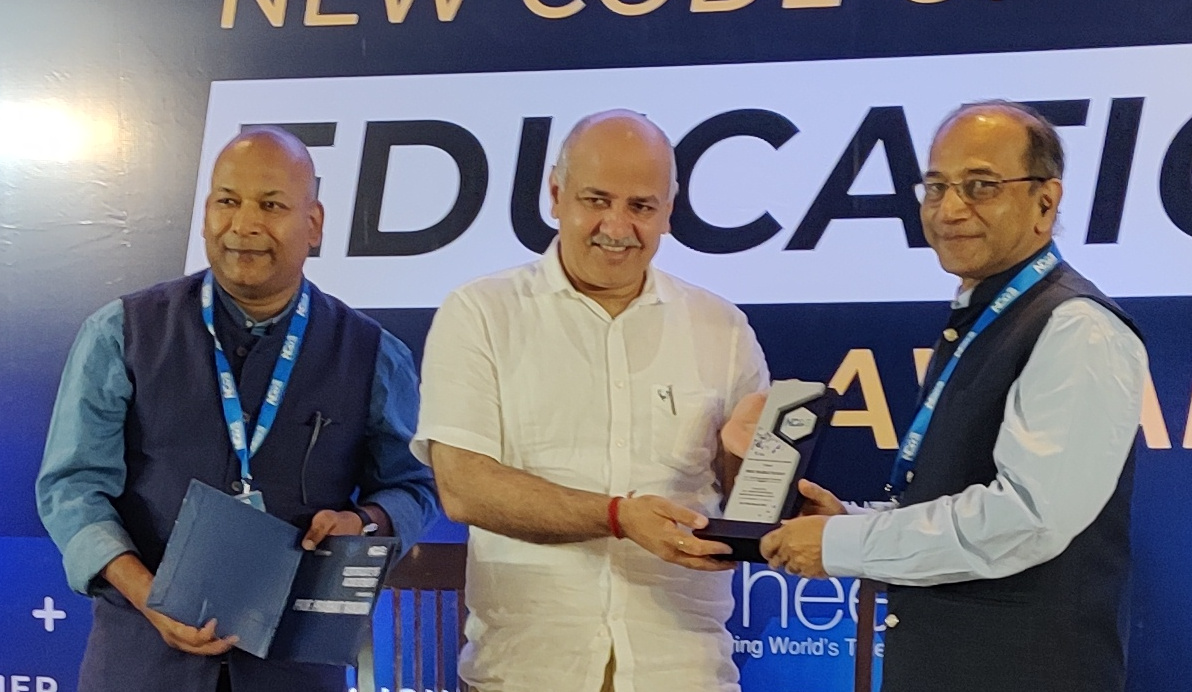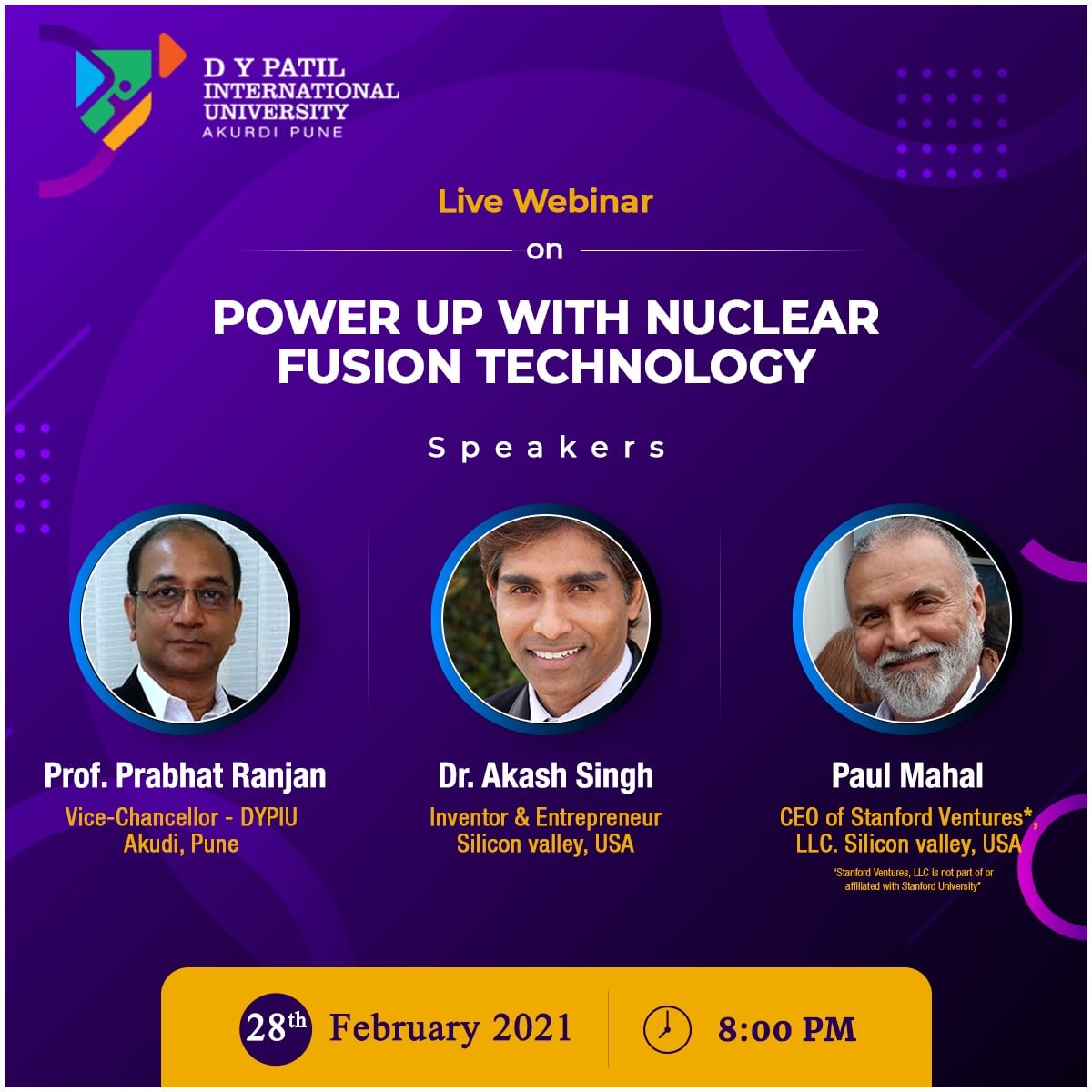I completed my 5 years tenure at TIFAC on April 24, 2018. During farewell, my colleagues asked me what was my next plan. To keep suspense about my plans, I mentioned that I have 3 things in mind : (1) To catch up on sleep (2) To spend time with my grandson (who was about 5 months old at that time!) (3) To write a book.
However from TIFAC, I directly went to airport and took a flight to Pune in the evening. Next day (April 25, 2018), a press conference was organized to announce the starting of D Y Patil International Univ at Akurdi campus in Pune. I took a photo of nameplate and shared with my TIFAC colleagues about my next engagement and broke the suspense!
6 Years at D Y Patil International University, Akurdi, Pune(DYPIU)
In 6 years of its existence , DYPIU has been trendsetter in many ways for the whole country!

